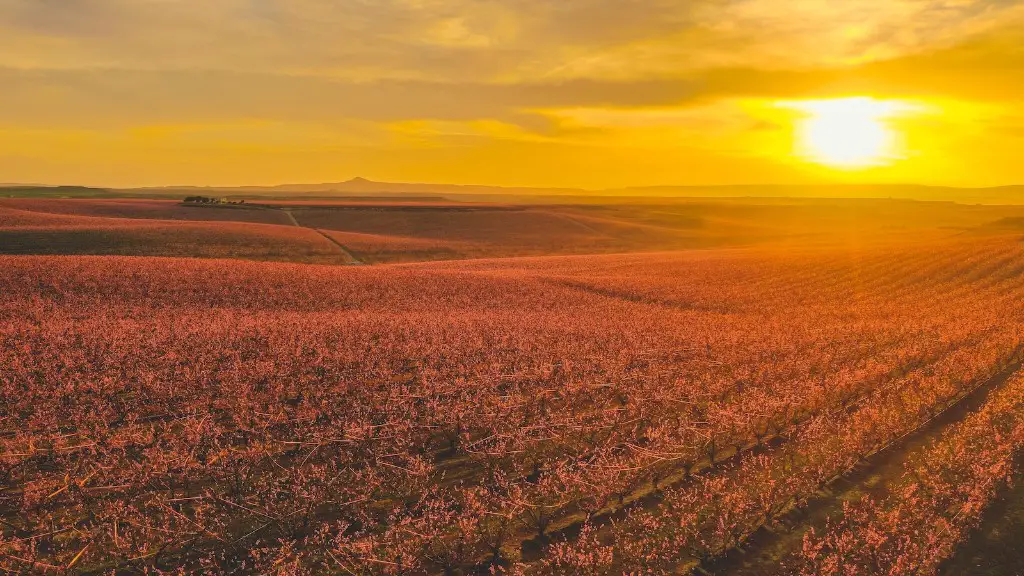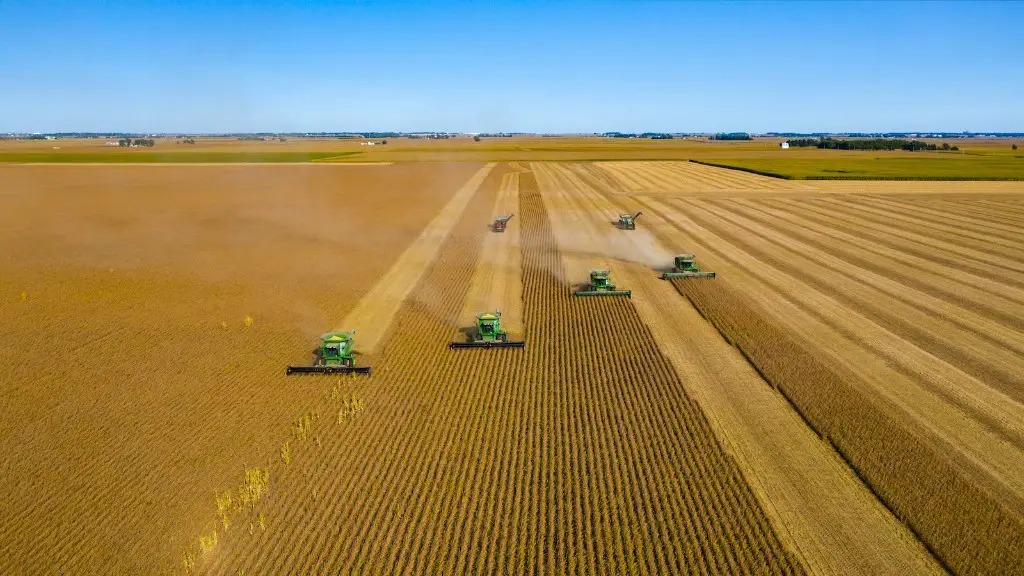Sustainable agriculture is a way of producing food, fibres, and other goods that are ecologically responsible and socially equitable. It is a method of food production that works in harmony with nature, rather than against it. Sustainable agriculture is an approach to food production that takes into account the entire range of impacts on the environment, on human health and on the social conditions of people involved in the whole process—from farm workers to consumers. It uses what nature offers us and works in line with its cycles, as opposed to against it.
Sustainability and organic practices are at the core of this agricultural system. It seeks to work in line with, rather than against, nature, through methods such as crop rotation, soil conservation, and the use of natural fertilizers and pest control. Other sustainable practices include the reduction of energy use, and implementation of biodiversity and wildlife conservation initiatives. Sustainable agriculture strives to make optimum use of land and resources while minimizing pollution.
Penetrating the Food Chain is another key aspect of sustainable agriculture. That involves making sustainable produce available to businesses and consumers. While organic products may be found in specialty stores, supermarkets, restaurants, and more, getting sustainable foods accessible to everyone is essential to creating a sustainable food system. At present, organic and sustainability initiatives still comprise only a small fraction of the food production. Access to sustainable food is unevenly distributed and the challenge of reaching all socio-economic groups with sustainably produced food remains largely unsolved.
Sustainable agriculture is about much more than food production. It’s about fairness in the food chain. It’s about improving the working and living conditions of farmers and farm workers worldwide. It’s about making sure producers get fair prices for their products. It’s about building healthy, diverse and resilient local economies. It’s about producing diverse food products, slashing food miles, reducing reliance on inputs like fertilizers, using fewer pesticides and reducing their impact on the environment.
The goals of sustainable agriculture are to: improve soil fertility, conserve biodiversity, promote efficient water use, reduce energy use, and support local communities. The main strategies that are used are: integrated pest management, soil conservation, crop rotation and agroforestry. Sustainable agriculture also includes the protection and wise use of natural resources, including forests, wetlands, and fisheries.
In summary, sustainable agriculture is an approach to food production that is both ecologically and socially responsible. Through implementation of a range of integrated practices and strategies, such as increasing biodiversity, reducing reliance on chemical inputs, improving soil health, and working in harmony with nature, sustainable agriculture seeks to promote long-term soil fertility, conservation of natural resources and improved livelihoods for farmers.
Crop rotation
Crop rotation is an important part of sustainable agriculture. By rotating crops through different plots of land, you can break pest cycles, conserve soil nutrition and fertility, and reduce the risk of plant diseases. It is also important to introduce diverse crops such as legumes, which are able to fix nitrogen from the atmosphere, consequently increasing soil fertility and providing nitrogen-rich organic matter to increase soil health. Crop rotations can also increase biodiversity by allowing crop types to overlap, leading to a greater variety of plants that attract different types of wildlife and support beneficial insects.
Agroforestry
Agroforestry is another key aspect of sustainable agriculture. It integrates tree production into farming, incorporating trees, shrubs, and crops into a single system. The use of agroforestry, where trees and crops are planted in close proximity to each other, can result in increased yields, improved soil fertility, and better resistance to weeds, pests and diseases. It can also promote biodiversity and wildlife conservation, and can have a positive impact on air and water quality.
Integrated Pest Management
Integrated Pest Management (IPM) is an important strategy in sustainable agriculture. It involves using natural methods and techniques to control pests such as using biological predators, habitat and/or crop rotation to reduce populations of problem pests and to reduce reliance on chemical pesticides. IPM also encourages careful monitoring of pest populations to identify peaks and valleys in abundance, which in turn allows for the timely implementation of management strategies that minimise damage to crops.
Reducing energy use
Reducing energy use is an important aspect of sustainable agriculture. Energy inputs such as the use of machinery can be significantly reduced by carrying out operations manually, selecting appropriate crop and crop varieties and adjusting cultivations techniques. Another way to reduce energy inputs is to use renewable energy sources such as solar, wind and biomass. Additionally, the use of low-tillage or no-tillage farming techniques can significantly decrease fuel use, as well as increase soil quality.
Fairness in the food chain
Fairness in the food chain is a central tenet of sustainable agriculture. This involves ensuring that farmers and other producers in the food system are fairly and adequately compensated for their work and products. This includes providing farmers and workers with equitable wages and benefits, fair contracts, and the right to collective bargaining. Fairness in the food chain also means providing safe working conditions and building supportive and cooperative relationships between producers, workers, and buyers.
Biodiversity and wildlife conservation
Biodiversity and wildlife conservation are integral aspects of sustainable agriculture. Various strategies can be employed to promote biodiversity, such as preserving or creating habitat, restoring ecosystems, and introducing beneficial insects. Conservation of wildlife is important, with strategies such as preventing soil erosion and runoff, using fertilizer and pesticide management, and introducing cover crops. Furthermore, crop diversification, equitably sharing resources, and preventing poverty are also important for promoting biodiversity and wildlife conservation.


